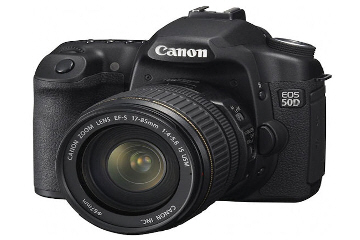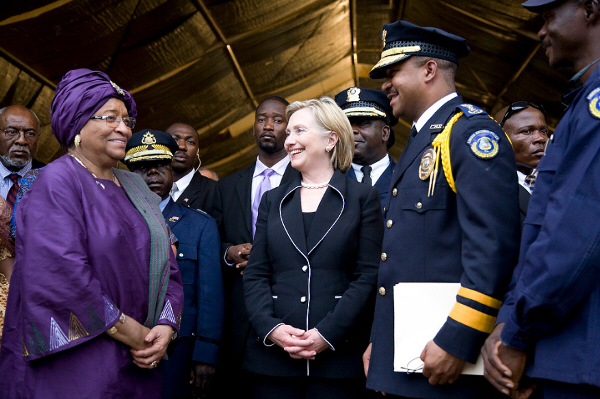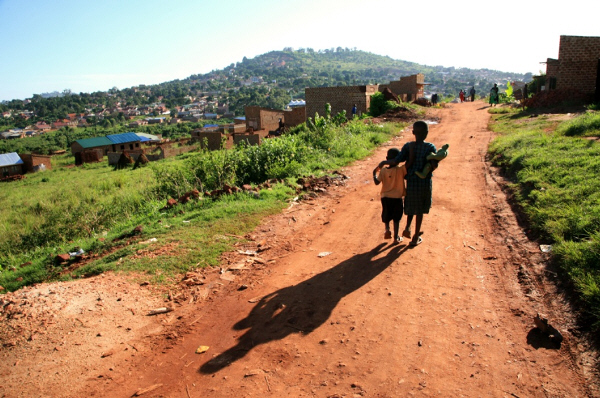
Photos courtesy of Glenna Gordon
[Editor’s Note] – When I first read Glenna’s post, So you want to buy a camera, I immediately reached out to her to have it republished here on Matador Goods.
Glenna Gordon is a professional photojournalist whose publication credits include New York Times Magazine, Time, Newsweek, BBC, Reuters, Guardian, UNICEF, USAID….just to name a few. She has been living in Africa (primarily Uganda and Liberia) since 2006 and maintains the blog, Scarlett Lion.
Words and photography by Glenna Gordon
A couple of friends, strangers, and blog readers have recently asked me for advice about buying cameras. Unfortunately, I actually know very little about non professional model cameras. But, I do know about cameras generally, so here’s some advice.



